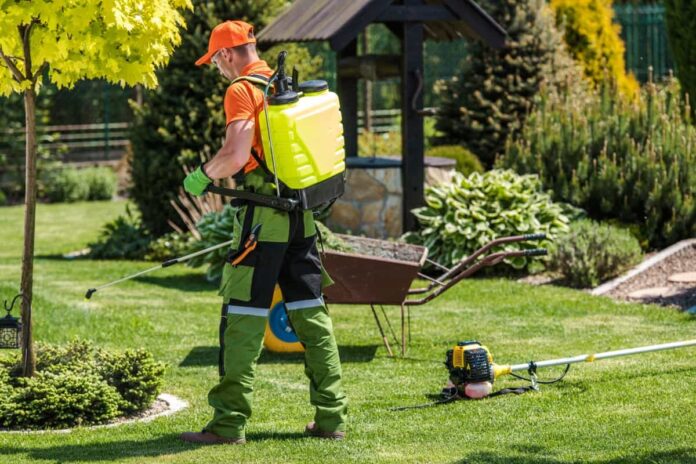When constructing outdoor areas, many considerations need to be made, especially those regarding the appearance and usability of the space. As an added benefit, however, landscape architecture can also keep pests away, protect your homestead, and comfort your family.
Anchorpestservices.com emphasizes the need to foster a landscaping and pest control combination as a first line of defense against insects. It also helps to determine which plants to choose for your garden and add them to the land with proper design and engineering to reduce the probability of pests invading your house.
1) Start with Plants That Repel Pests
Some plants can help repel pests naturally. These are great places to begin if you are looking for a safe and chemical-free way to keep bugs away from your yard. Rosemary and fennel repel snails, while spearmint and artemisia chase ants and beetles away.
However, if fleas and ticks are your major concern, choose the effective chrysanthemums. Together, these plants make a pest-repellent garden, thus protecting you and your family.
2) Keep Your Trees at Bay
While it sounds amusing, trees can also be a point of entry for pests. Take trees, for instance. Standing trees of a considerable height might touch the house’s roof and allow the latter to come close to it. In such cases, trees provide free access to a variety of animals, including, but not limited to, rodents, insects, and even squirrels.
So, it is good to maintain a distance of six feet or more from the wall. Trees have to be properly managed to enhance pest control, which in turn brings beauty and safety to your house.
3) Think About Plant Placement
When planting your plants, don’t pack them too tightly. Doing so would only make your garden more vulnerable to the animals and insects that build nests because they would have ample shelter.
Look for considerable spaces between the plants so that they can expand in size. To prevent unwanted animals from entering your yard, maintain at least two feet between every dense growth of plants.
The Nexus Between Landscaping and Pest Prevention
Landscaping is not an optional part of your property; it serves a purpose, especially when controlling unwanted pests from your home. If done with careful consideration, landscaping can help make your house less favorable for pests.
1) Mulching Practices
There are notable benefits associated with landscaping, including moisture retention and weed prevention; however, they come with risks of attracting pests such as termites if the landscaping is done poorly. Using inorganic materials or setting up gravel fences along the foundations of structures are options to ensure that your landscaping efforts do not attract pests. Mulching is another important landscaping practice that attracts many threats if not monitored.
2) Water Management
A loose plug in this system could result in stagnant water, which is a good nesting place for mosquitoes. Frequent checking on the irrigation network and clearing up debris from gutters and downspouts is essential for reducing water accumulation around terraces, which will manage moisture levels, minimizing the growth of termites and cockroaches.
3) Natural Pest Control
Landscaping with marigold, lavender, and other pest-repelling plants is an excellent method for controlling pests as it eliminates the need to use pesticides. Marigolds repel everything from aphids to mosquitoes and even rabbits in the garden, while lavender keeps away fleas, moths, and rats in the house.
Conclusion
Landscape architecture is vital in the fight against pests. Over the years, it has been proven that appropriate landscape architecture practices, such as planting the right type of crops and managing vegetation designed in a home’s outdoor space, can minimize pest control measures.
References:
- https://redinational.com/how-can-landscape-design-reduce-the-need-for-pest-control/
- https://www.windwardpest.com/blog/the-role-of-landscaping-in-pest-prevention-and-exterior-moisture-management
- https://www.moxieservices.com/blog/5-surprising-ways-your-landscaping-can-help-battle-pests/




